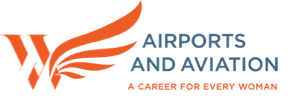An airline cadetship
Airline cadetships provide integrated flying training and ground theory taught by a certified Flight Training organisation. Airline cadetships are paid for by the student and government fee assistance is usually available. Airlines conduct a selection process to join the cadetship program but employment on completion of the cadetship is not always guaranteed.
